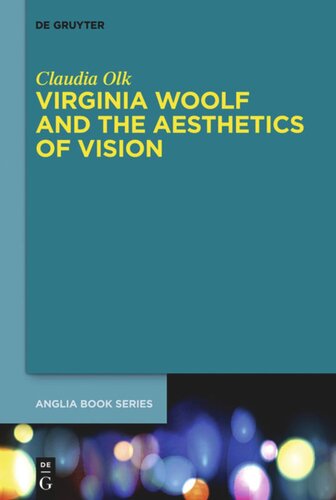

Most ebook files are in PDF format, so you can easily read them using various software such as Foxit Reader or directly on the Google Chrome browser.
Some ebook files are released by publishers in other formats such as .awz, .mobi, .epub, .fb2, etc. You may need to install specific software to read these formats on mobile/PC, such as Calibre.
Please read the tutorial at this link: https://ebookbell.com/faq
We offer FREE conversion to the popular formats you request; however, this may take some time. Therefore, right after payment, please email us, and we will try to provide the service as quickly as possible.
For some exceptional file formats or broken links (if any), please refrain from opening any disputes. Instead, email us first, and we will try to assist within a maximum of 6 hours.
EbookBell Team

5.0
78 reviewsNow also in Paperback
The category of vision is significant for Modernist texts as well as for the unfolding discourse of Modernism itself. Within the general Modernist fascination with the artistic and experimental possibilities of vision and perception this study looks at Virginia Woolf’s novels and her critical writings and examines the relation between visuality and aesthetics.
An aesthetics of vision, as this study argues, becomes a productive principle of narrative. The visual is not only pertinent to Woolf’s processes of composition, but her works create a kind of vision that is proper to the text itself – a vision that reflects on the experience of seeing and renegotiates the relation between the reader and the text.
The study investigates key dimensions of aesthetic vision. It addresses vision in the context of theories of aesthetic experience and identifies a semantics of seeing. It analyses functions of symbolic materiality in the presentation of boundaries of perception, modes of temporality and poetic potentialities. In exploring the connections between vision and language, it seeks to provide new perspectives for a reassessment of what occurs in Modernism's relation to vision.